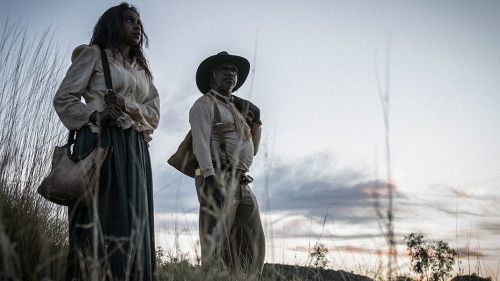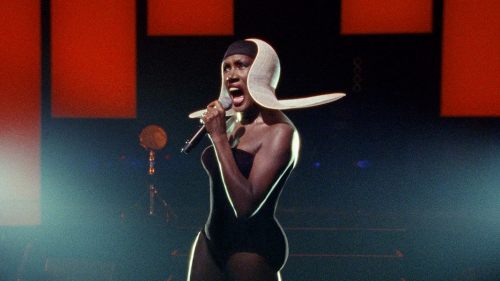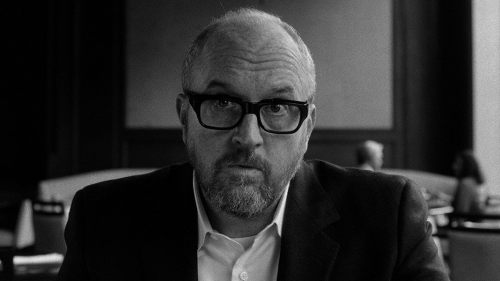TIFF 2017 Review: The Moody VALLEY OF SHADOWS Is Worth A Visit
Jonas Matzow Gulbrandsen’s Valley of Shadows plays almost as a meta-horror film, teasing us with notions of monsters in the night but consistently keeping this far more metaphoric than actualized. The film plays less like a nightmare than as a kind of Gothic dream, slipping in and out of consciousness, providing a mood of dread rather than outright shock or fear. This is the cinema of portent, where the signs of death (a series of slaughtered sheep) speak to a potential werewolf creature that’s hidden in the nearby forest.
We meet young boy Aslak (Adam Ekeli) who shares a home with his single mother Astrid (Katherine Fagerland), herself forced to confront the loss of her oldest child. When another boy Lasse (Lennard Salamon) takes Aslak to see the unfortunate ovine butchery the child is then drawn to seek out answers for himself.
From there we’re lead on a misty journey through the forest, eventually leading to a cabin in the woods inhabited by a strange man (John Olav Nilsen) who may or may not be the answer to what is being sought.
This is not a film that provides easy answers, but its quiet and unsettling mood is effective, buttressed by a remarkable score by Zbigneiw Preisner. With painterly photography by Marius Matzow Gulbrandsen, the film feels almost like an ancient myth, with its dreamlike state both engaging and intoxicating.
Gulbrandsen manages to balance the surreal and disquieting with a general sense of forward momentum, never devolving into needlessly incoherent or weird-for-the-sake-of-weird. Even the most startling of moments like the encounter with wildlife balance between the fanciful and the factual, yet the film doesn’t require one to fully embrace the actuality of what’s going on.
Instead, Valley of Shadows is a film that’s made to make you feel a variety of ways, tugging at emotions through imagery that’s provocative. Eliciting a fine performance from his young lead, Matzow twists our emotions just as his film plunges us into the confused emotional state of its protagonist.
None of this should really work, instead collapsing into some dreary and pretentious snooze fest, but somehow Gulbrandsen and his collaborators manage to keep tension and focus while allowing the film to drift like the boat that slowly makes its way down river. This is helped by its refusal to milk tired shock tactics and instead let the world created on screen play out for its own, quiet sense of unease.
The title Valley of Shadows speaks to its diaphanous nature, a difficult to pin down, ephemeral tale that nonetheless speaks to a greater illumination that helps cast its form. Those wanting a more kinetic experience will be disappointed, as will those easily bored by mood over narrative. But for those willing to visit this dark and troubled land, this is very much a valley worth visiting.



